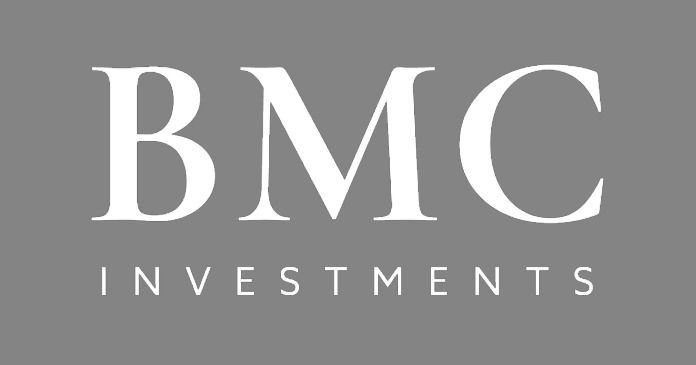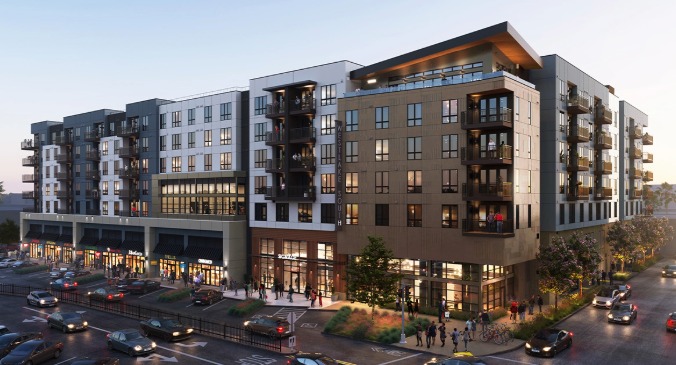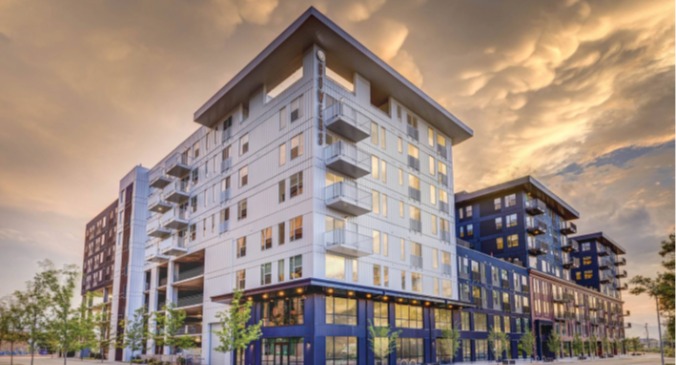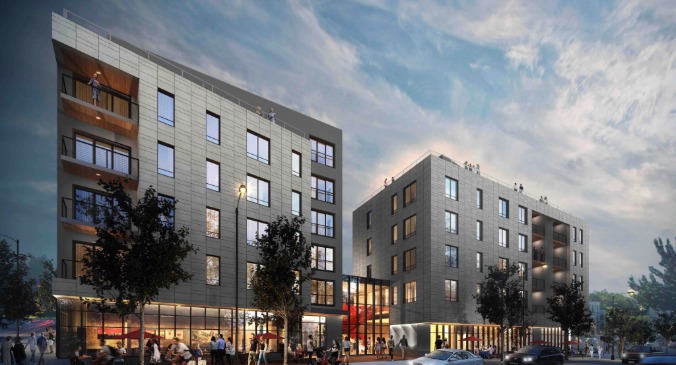In the past year, this program has become either the go-to program for apartment investors who have identified buying opportunities, or the last resort for apartment owners with rolling debt. The popularity of the program is attributable to its potential higher leverage (up to 85 percent loan-to-value), attractive prepayment options (no yield maintenance, no defeasance) and 35-year loan terms. Another reason for its popularity is that, for many borrowers, it is the last financing option available. In an informal poll of new borrowers, associates, mortgage bankers and lawyers, I asked what issues caused borrowers the biggest angst when going HUD for the first time.
Here are the leading issues new HUD borrowers report.
Higher cost to finance
While rates today are very comparable to Fannie and Freddie rates, the cost structure for a HUD loan is higher due to higher lender fees, HUD fees and higher third-party report costs. Lenders generally charge higher fees for HUD financing because of the time and additional effort involved in originating a HUD loan. HUD has specific fees that add over one percent to the loan costs. Third-party vendors also charge a higher rate due to the additional scope and forms required to complete a HUD compliance report.
Upfront reserve for replacement escrows
HUD requires lenders to take the perspective that HUD will be on the hook for the loan during the entire term. That means HUD assumes the property must support the loan for the next 35 years. Therefore, HUD requires a detailed reserve analysis to be completed for all components of the physical structure that will need to be replaced during the loan term. The borrower needs to be fully reserved each year to meet the anticipated capital requirements. To meet this standard, an initial seeding of the Reserve for Replacement Escrow is required. The initial seeding could range from $250 per unit to $1,000 per unit or more. Likewise, the reserve schedule will call for increases in the annual reserve escrow during the loan term.
Longer loan origination process
While HUD’s process is not as lengthy as many remember, it is still a process that takes longer than Fannie or Freddie. A typical time frame for a 223(f) refinance or acquisition financing, is five months from the point of engagement. Assuming a lender engages due diligence firms (appraisal, environmental, engineer) within a few days of an executed application, in today’s environment it takes from four to six weeks to get completed third-party reports back. Allow the lender two weeks to complete the submission package to HUD. HUD has up to two months to respond to the submission, and can either issue a commitment, reject or request more information. Once the commitment is received, the lender and borrower have another month to complete everything needed for the closing. The total timetable is approximately five months. This entire process assumes that the borrower is working diligently to complete the required documents that need to be submitted as part of the HUD submission package. This leads to the next lesson learned.
Increased loan documentation
There is no doubt that closing a loan through HUD versus Fannie or Freddie requires more upfront loan documentation. This difference sometimes gets exaggerated. Many of the required documents for a HUD closing are standard and include organizational documents, credit authorization, certificate of occupancy, etc. There are also certain documents that are HUD specific: a number of disclosure forms, a HUD compliant survey, verification of any cash required to close the loan and others. The biggest additional documentation burden required of a HUD borrower is the Previous Participation Certification or the HUD-2530 form, which is required to be completed by all principal participants (sponsors with 25 percent or more ownership interest in the asset, general partners, managing members and the property manager). One of the key disclosures in the form is any defaulted debt over the past ten years. There is no doubt the documentation burden is greater through HUD financing; however, as one attorney, who has closed Fannie, Freddie and HUD loans said, “A highly organized and motivated owner, an adequately staffed lender, strong owner and lender counsel, can shrink the gap considerably.”
No real ability to early rate lock
Unfortunately, a HUD borrower has no real option to lock his rate early in the process. As noted above, once third parties are engaged, you have four to five months from being in a position to rate lock your loan. The HUD lender cannot go out in the market and rate lock the loan until they receive the commitment from HUD. Thus, initiating the HUD process and timeline early is imperative. The HUD commitment is good for 60 days (with additional extensions possible). So, if the borrower wants to play the rate game he would have 60 days from the commitment date from HUD to lock in his rate.
No benefit for a lower leverage loan
It does not matter if a borrower gets the maximum proceeds of 85 percent or a low leverage loan of 50 percent or less, the HUD process is the same: the same upfront due diligence, the same cost structure, the same reserve requirements. There are no breaks for lower leveraged loans.
New borrowers are encountering the following issues during the first time post closing of their HUD loan.
Limited annual distributions
HUD only permits two distributions of cash outside of the borrowing entity a year. This doesn’t mean that a borrower cannot invest in his asset. In fact, it means the opposite. The borrower can maintain cash within the ownership entity to cover day-to-day operations and make capital improvements. However, the borrower is limited to making distributions outside the property (i.e. partner distributions) to twice during a calendar year. Additionally, the distributable cash calculation requires the borrower to consider the next months debt service payment. So if you are making your calculation as of June 30th, you will need to deduct the July debt service payment from your distributable cash.
Annual audit requirement
HUD requires all properties financed using HUD financing to have annual GAAP audits completed. This is obviously an additional cost to the borrower. However, it should be noted that while Fannie and Freddie do not require annual audits, Fannie recently required their borrowers to submit quarterly unaudited property-level financial statements and physical occupancy reports. Thus, the gap between HUD and at least Fannie is narrowing in this area. While the learning curve has been steep for many new borrowers, the HUD 223(f) program has been a solid option for the past year. Undoubtedly even more borrowers will take the leap with HUD over the next year. Hopefully those borrowers who have used HUD in the past year will feel confident to go that route again.
Institutions that are making these HUD loans realize that these sunny days for HUD lenders with limited competition will not last forever. Credit should be given to both HUD and the lending partners to continue to identify efficiencies and make the process easier for borrowers so that when competitors return, HUD can continue to be a viable option.
Author: Darrell W. Moore is senior vice president, FHA Production for Walker & Dunlop
















